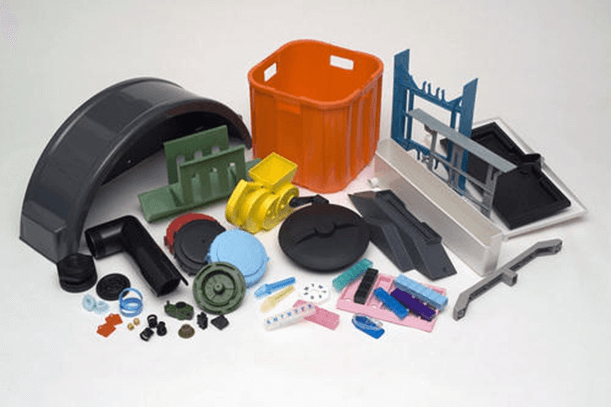Acrylonitrile butadiene styrene plastic or just ABS plastic as we all know it is a thermoplastic type of polymer. “Thermoplastic” is a term used for a type of plastic that can be reprocessed after the first heat cycle. Plastics referred to as “thermoset” don’t have the ability after their initial heat cycle.
ABS is one of the most popular plastics in the world that can be found in products from virtually every industry. However, its most common use is in electronic enclosures.
Top features of ABS plastic
ABS is a relatively inexpensive type of plastic that can be easily machined, painted, glued, and sanded. Furthermore, it is lightweight and resistant to electricity and multiple chemicals. Certain ABS grades even feature flame retardants needed to meet certain regulatory standards or to gain extra stiffness.
The polybutadiene and the nitrile groups in ABS have a profound impact on this plastic. The polybutadiene adds durability and strength, while the nitrile groups add shine to its protective surface.
Because it has a quite low melting point, it is not just ideal for injection molding, but also other processes like 3D printing. As a result, transitioning from a 3D printed prototype to serial production is a fairly simple and smooth process. These characteristics bring to light why ABS plastic is so popular among prototype builders and manufacturers.
On the down note, ABS plastic has its set of weaknesses. For example, continuous exposure to UV rays can potentially weaken it. Also, it is not suited for applications in which high heat resistance is needed.
Often those issues are addressed by adding additives that can increase its heat resistance to 176 degrees Fahrenheit. But this is a tricky area as the wrong additives can further weaken the ABS. So you must consult with an expert on the matter that understands the implications that come with adding certain materials to ABS.
Products made with ABS
Typically, developers choose ABS as primary or only material if the product needs to be shock absorbent, chemically resistant, and/or light. Here are several examples of ABS use:
- Enclosure for electronics
- Plastic clarinets and other musical instruments
- Various plastic toys
- Headgear for protection
- Automotive components
- Kitchen appliances
- PC and laptop keyboards
Should you choose ABS for your next project?
The answer to that may depend on many factors. If you are an entrepreneur or a startup that can’t afford to splash a huge amount of money on development and prototyping, then ABS might be the right fit for you.
Of course, what you have in mind needs to match the ABS main features.
But if it fits those criteria, then ABS is the way to go as it is the perfect material for 3D printing and injection molding. Not many materials can offer that type of flexibility.
Last but not least, the cost of ABS which is relatively low and won’t burden your budget as some other materials would.
